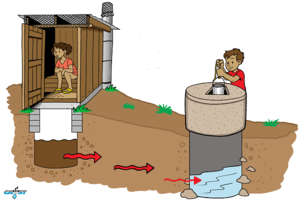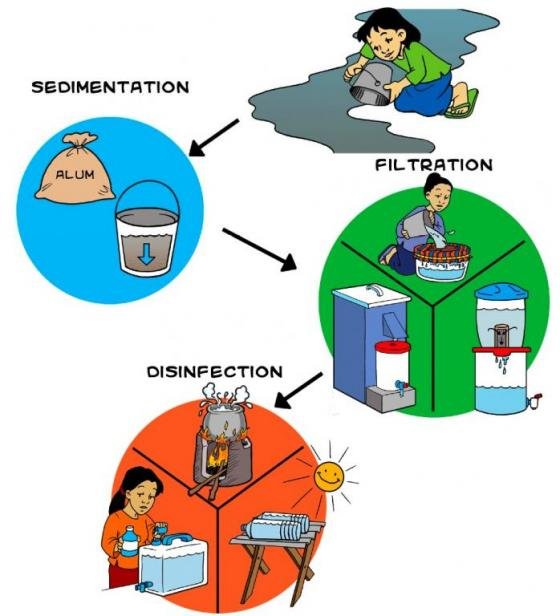Teaching Guide - Water borne diseases

Subject: Biology
Topic: Water Borne Diseases
Period: Single
Time: 45 Minute
Date: May 21, 2020
Behavioural Objectives:
At the end of the lesson, the learners should be able to compare symptoms of several well known water-borne diseases.
Previous Knowledge:
To help the learners in this study, the teacher will ask the learners how they take care of their water.
Instructional Materials:
A chart that has a picture of the related topic.
Step 1: What is Water-borne Disease?
Water-borne diseases are any illness caused by drinking water contaminated by human or animal faeces, which contain pathogenic microorganisms. It is an illness due to infection with bacteria contaminating the water supply.
Here is an example of how a waterborne disease can occur.
Step 2: Examples of Water-borne Diseases
- Cholera
- Dysentry
- Typhoid
- Hepatitis
- Hookworm infection
- Diarrhoea
- Anaemia
- Scabies
- Trachoma
- Malaria
- Malnutrition
- Giardiasis
- Polio
- Ringworm
Step 3: Prevention and Control
- Hygiene education.
- Good nutrition.
- Good sanitation.
- Do not defecate outdoor.
- Wash or sanitize hands before eating.
- Get clean drinking water.
- Learn and teach ourselves vital sanitation and health practices we need to know in order for us to have healthy and clean water.
- The use disinfection to prevent the growth of pathogenic.
- Avoid contacting soils that may be contaminated with feces.
- Protect your water source.
- Treat your water.
Here is a way to treat your water to avoid diseases
Evaluation:
To ascertain the level of the learners understanding, the teacher will ask the following question:-
- What are the ways to prevent or control water-borne diseases?
Homework
- What are water-borne diseases?
- List 5 examples of water-borne disease.
- mention the ways in which we can prevent or control the diseases.


